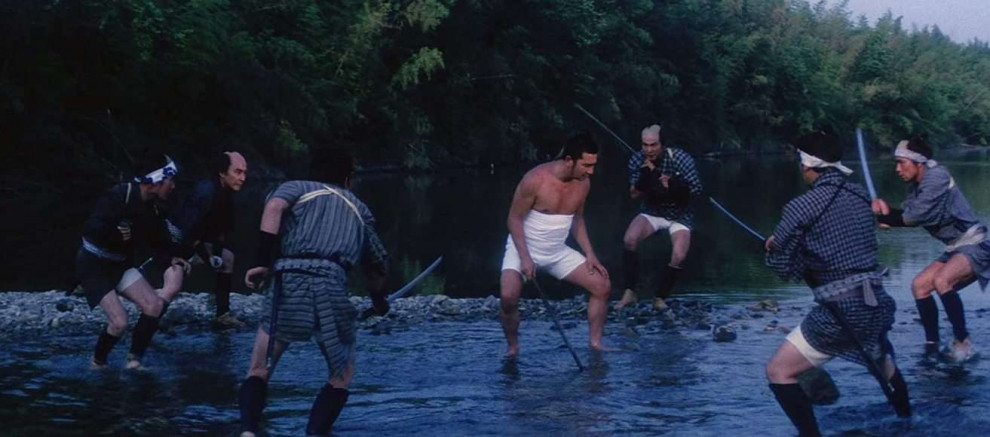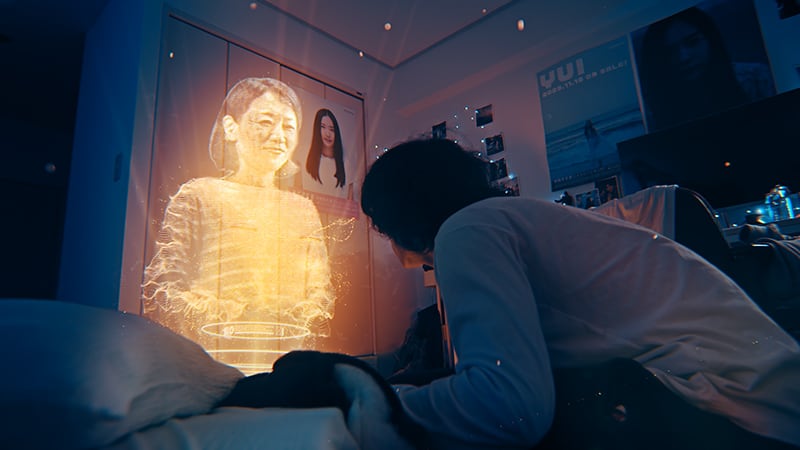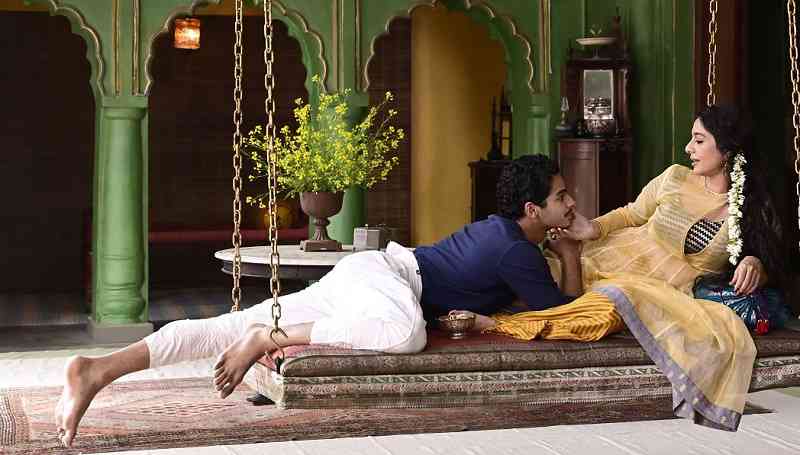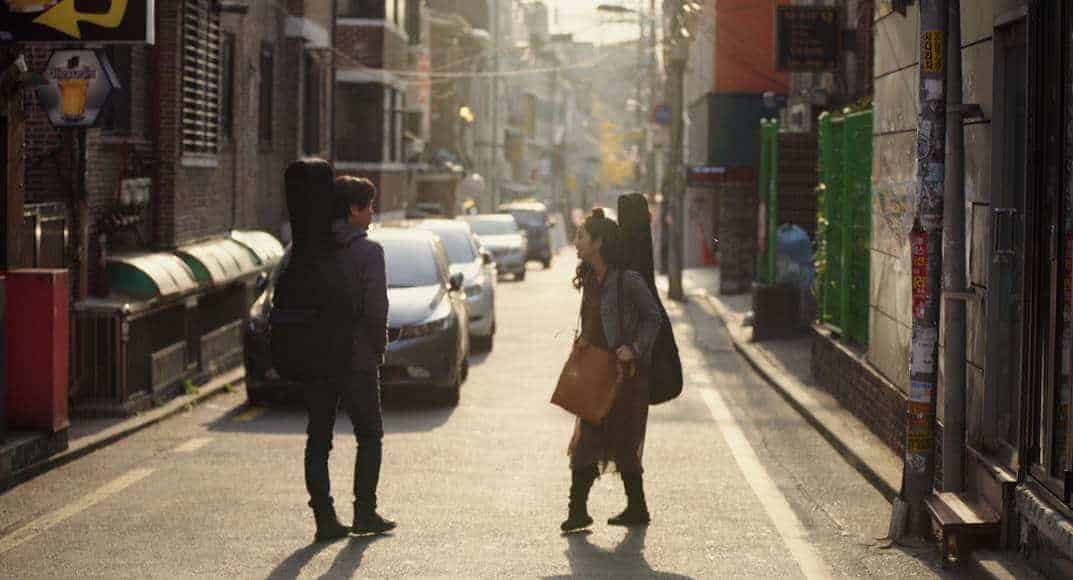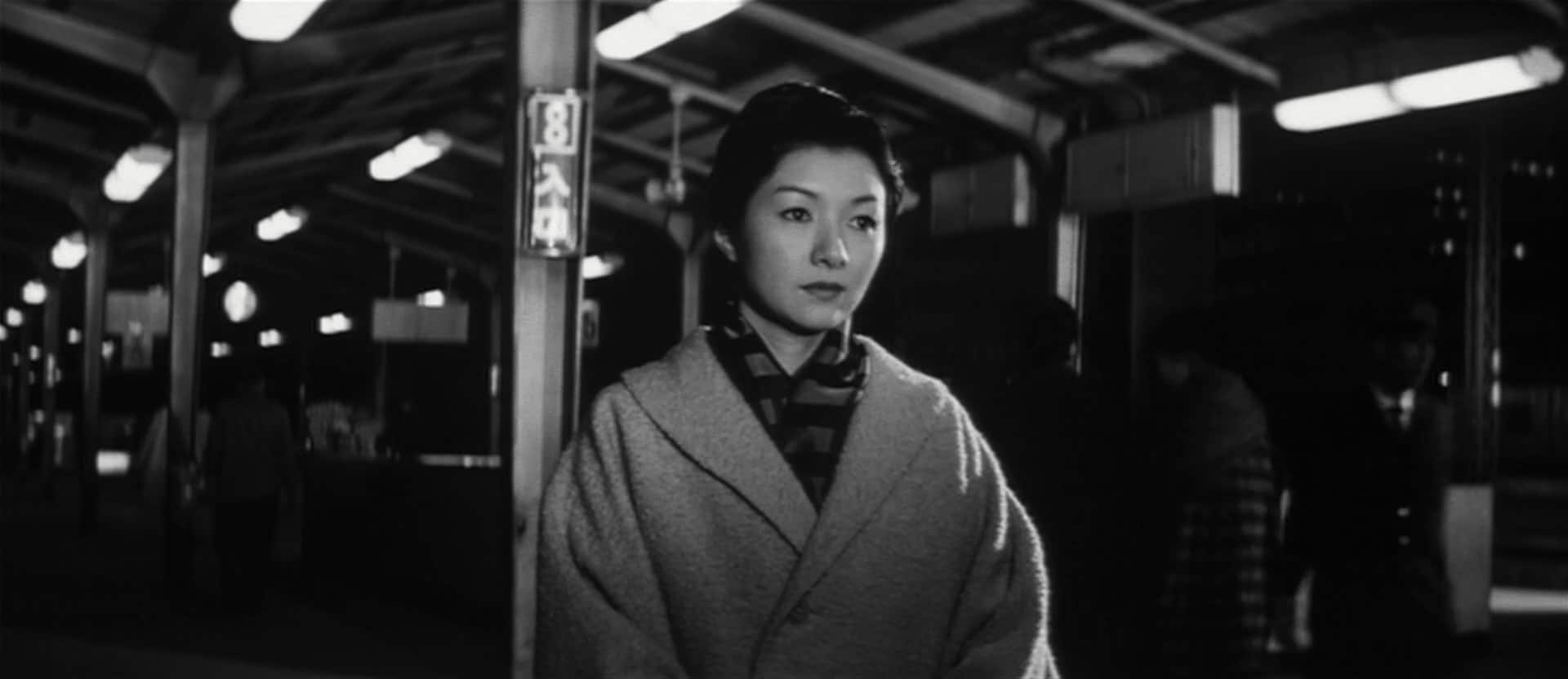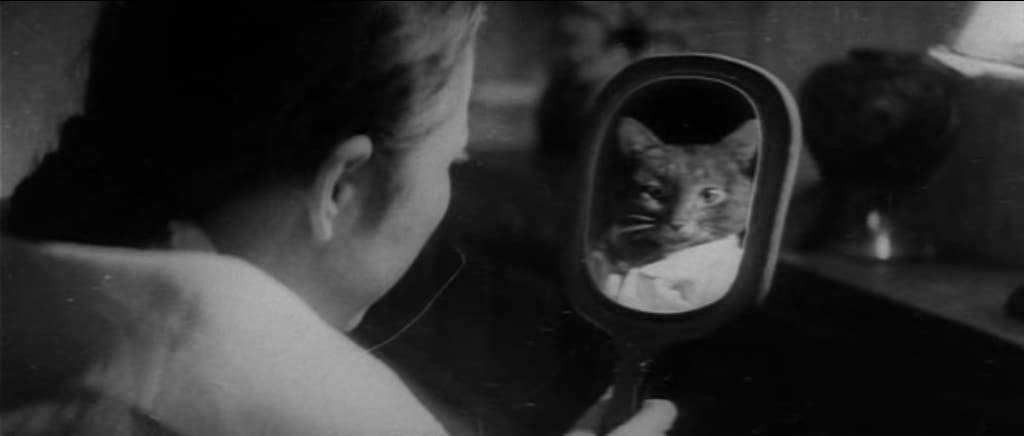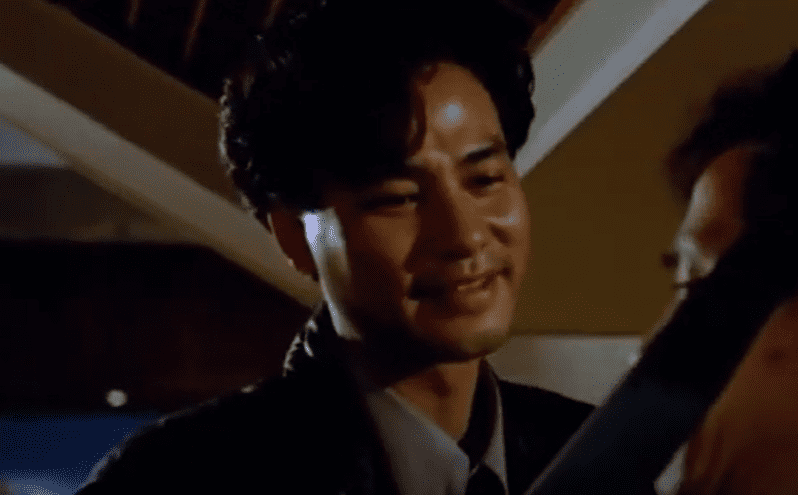In the same year of “Zatoichi and the Chest of Gold”, director Kazuo Ikehiro would make his second installment within the hugely popular “Zatoichi”-franchise. He would return to the series with “Zatoichi's Pilgrimage” in 1966 leaving his brand in the series of films with what may as well be the most spiritual film of the whole franchise. As with his previous film, in “Zatoichi's Flashing Sword” Ikehiro took a rather banal story and turned it into another quite entertaining film, starring Shintaro Katsu who, by that time, was undeniably linked to the character of Zatoichi and enjoyed the success it brought him, as indicated by his gain in weight, a subject of some jokes in the film.
Buy This Title

At the beginning we see the familiar scene of Zatoichi being chased by a couple of yakuza after cutting down their boss. Eventually he is shot, but later rescued from what could have been a certain death, by two strangers. In order to express his gratitude, he travels to the stranger's hometown and later on, arrives at the town of Kajikazawa, a place divided by a river ford and the feud between two rivaling yakuza bosses.
In town, Zatoichi meets one of the strangers, a woman named Kuni (Naoko Kubo), daughter of Bunkichi (Ryosuke Kagawa), whose clan owns the river ford. While Bunkichi is more diplomatic about the ownership of the ford, willing to strike some sort of deal, his rival Yasugoro (Tatsuo Endo) wants all for himself. Since he also hires extra muscle to emphasize his claims, Zatoichi decides to take part in the fight between both clans.
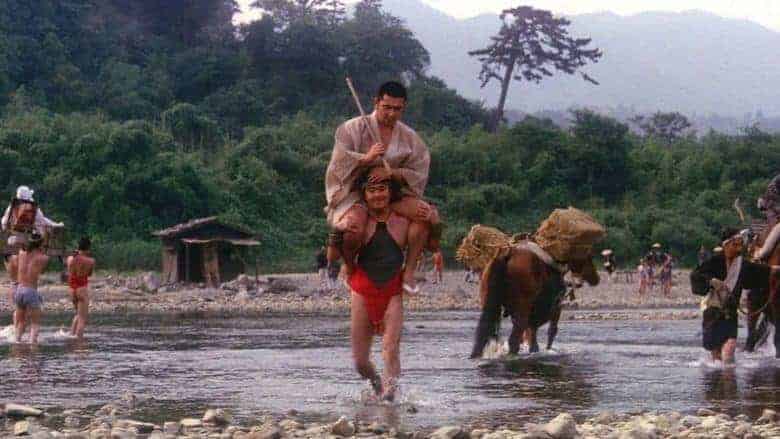
For the most part, “Zatoichi's Flashing Sword” is a rather average entry within the whole franchise, which is especially due to its script not being particularly special in terms of its story and its characters. While Katsu's presence as Zatoichi is undeniable considering the practice had over the previous few years, there is very little development for this character, which further highlights the somewhat bland characters he meets over the course of the film's running time. However, due to its fight choreography, some humorous scenes – some of which, as mentioned before, at the expense of Katsu's gain in weight – and a couple of beautifully shot ones, especially those taking place around the river ford or during the fireworks, it can be said that director Ikehiro makes the best with what he has.
Similar to “Zatoichi and the Chest of Gold”, Ikehiro's movie excels in the final act which is basically Zatoichi taking on a large amount of warriors, further adding to his nearly inhuman skill with the sword, his speed and the superiority of his technique. Takashi Taneguchi's editing job supports the effect of the scene, showing the cunning, almost scary presence of Katsu's character, a great contrast to the scenes of tenderness and even emotional/ physical fragility from the first part of the movie.
Finally, “Zatoichi's Flashing Sword” is an overall rather average entry into the series. While it clearly has its strengths, a good fight choreography and a solid performance by Shintaro Katsu, there is very little development or anything new to be said about the central character or the world he journeys through.


